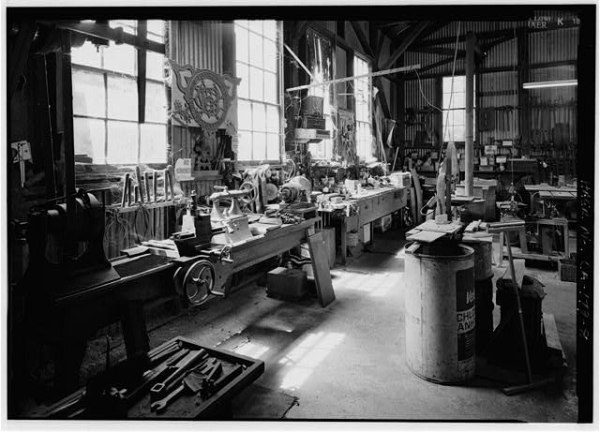
When you read advertisements for woodworking classes, books and magazines, one of the selling points sounds something like this: “You’ll learn to work just like the pros do, with plenty of tips and articles from pros on how they build stuff in a professional woodworking shop.”
It sounds compelling. I should know. I’m sure I used that bit to help promote Popular Woodworking. Professionals work fast. They have to be practical. And they do woodworking every day.
Amateurs, on the other hand, can work at their own pace. They can try antiquated or oddball techniques. And they do it at night and perhaps weekends.
My point: Professional techniques might not suit the amateur shop.
During the last year or so, I have tried to become a better teacher of amateurs. Instead of teaching a technique that gets things done quickly (but requires a lot of skill), I have tried to teach techniques that get things done well with a minimal amount of skill and a few more steps.
One example: Dovetails.
When I cut dovetails, I put the saw next to my knife line and cut down to the baseline as fast as I can manage. I have been cutting dovetails for 20 years now. I should be able to work without much in the way of guidelines or tricks.
But if you started cutting dovetails this Monday, the advice in the previous paragraph isn’t helpful. It is, in fact, frustrating and arrogant.
So the way I teach cutting dovetails is not the way I cut dovetails in my shop. It sounds duplicitous, but the results from my first-time dovetailers have convinced me it is a better way to go.
So sawing a pin is a multi-step process.
1. From the rear corner of the board, nibble a kerf along your knife line until you reach the corner near you.
2. Make one or two “cleansing strokes” to clear your nibbling into a kerf into which you can saw smoothly.
3. Saw down the face of the board only, dropping the handle of the saw gradually and never letting the saw leave the kerf on the end grain. Stop when your saw touches the baseline.
4. Remove the saw and clear the sawdust from its gullets.
5. Reinsert the saw and saw quickly forward. Let the two kerfs guide you down until your saw’s teeth touch the baseline at the front and rear of the board.
Whew. That’s a lot to explain. But it works. I also explain to students that someday they might leave this technique behind. And then I show them how I cut a tail or a pin as a demonstration.
I’ll admit that I feel guilty on some level. Perhaps I should pull a Mother Superior on them and just expect better. Show them how it’s done and expect them to work that way.
Here is what keeps me on my current teaching trajectory. Students say this during every class: “These are the best dovetails I’ve ever cut.”
— Christopher Schwarz